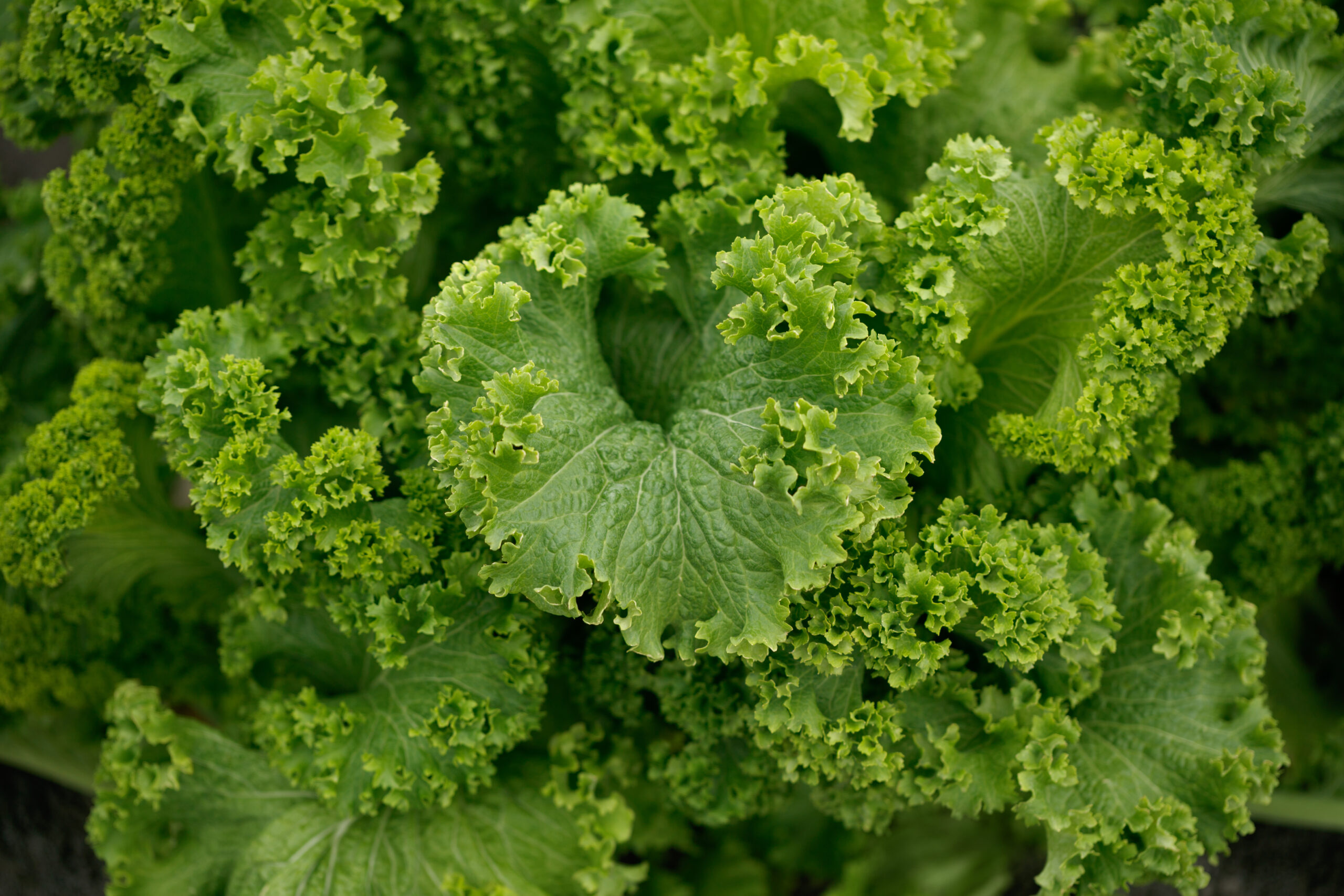
Transplanting ‘Southern Giant Curled’ mustard, a popular leafy green known for its large, curly leaves and robust flavor, involves specific steps to ensure successful growth. Here’s a guide to transplanting this variety, particularly in open land settings:
Transplanting ‘Southern Giant Curled’ Mustard in Open Land
1. Transplanting
- Select a site with well-drained soil and full to partial sun exposure.
- Space the seedlings about 30-45 cm apart in rows that are 45-60 cm apart. This spacing allows for adequate growth and air circulation.
- Plant the seedlings at the same depth they were growing in their containers.
- Water the plants thoroughly after transplanting to establish them.
2. Soil and Nutrient Management
- Prepare the soil by incorporating organic matter or compost to enhance fertility.
- Mustard greens benefit from fertile soil with good moisture retention.
- A balanced fertilizer can be applied if the soil is not rich in nutrients.
3. Watering
- Provide consistent moisture, especially during dry spells. Mustard greens prefer evenly moist soil.
- Avoid overwatering, as this can lead to root diseases.
4. Mulching and Weed Control
- Apply mulch around the plants to retain soil moisture, regulate temperature, and suppress weed growth.
- Keep the area weed-free to reduce competition for nutrients and water.
5. Pest and Disease Management
- Monitor for common pests like aphids and flea beetles. Employ appropriate organic or chemical controls as needed.
- Rotate crops and practice good sanitation to prevent soil-borne diseases.
6. Harvesting
- ‘Southern Giant Curled’ mustard can be harvested as soon as the leaves are of suitable size. You can either pick individual leaves or harvest the entire plant.
- Regular harvesting (cut-and-come-again method) can encourage new growth.
Best Practices for Growing ‘Southern Giant Curled’ Mustard
- Location and Timing: Plant in a location that receives adequate sunlight. Mustard greens can be grown in both spring and fall, as they prefer cooler temperatures.
- Soil Preparation: Enriching the soil with organic matter ensures healthy plant growth.
- Consistent Watering: Mustard greens need regular watering to develop tender, flavorful leaves.
- Pest and Disease Vigilance: Regular monitoring and timely intervention can prevent major infestations and disease spread.
- Succession Planting: Planting new seeds every few weeks can provide a continuous harvest throughout the growing season.
This mustard variety is well-suited for open land cultivation, where it can fully develop its characteristic large, curled leaves. Adapting these guidelines to your local climate and soil conditions will further enhance the growth and yield of ‘Southern Giant Curled’ mustard.




Reviews
There are no reviews yet.